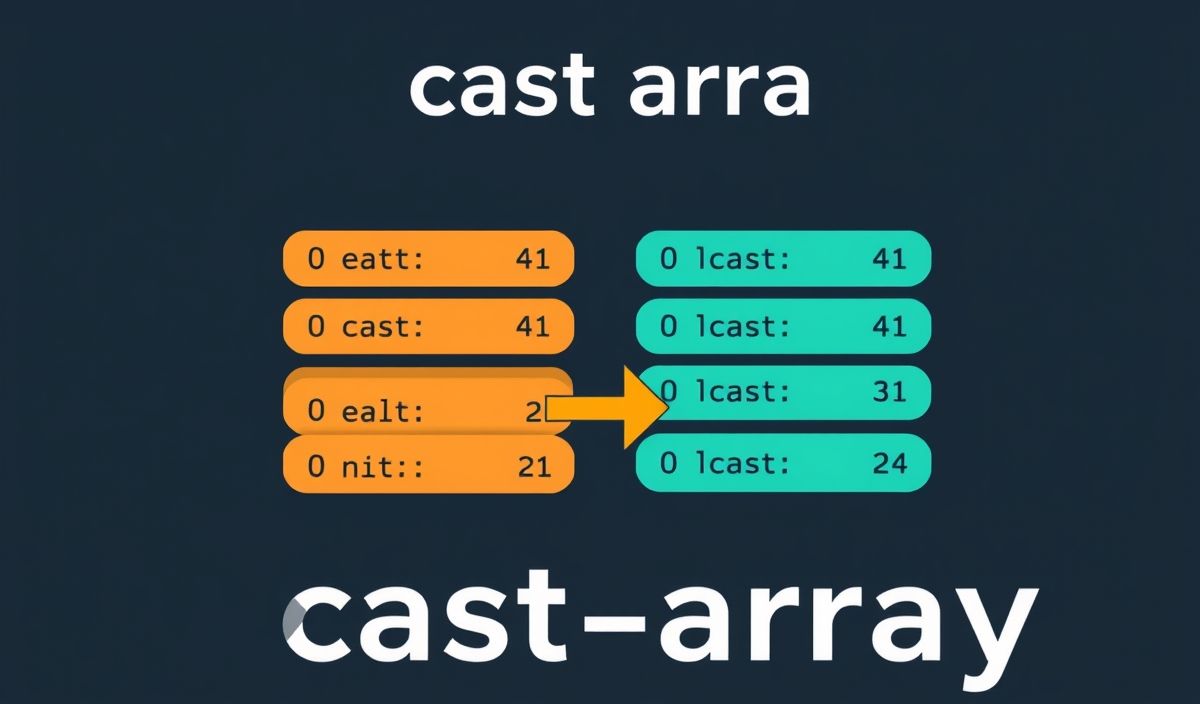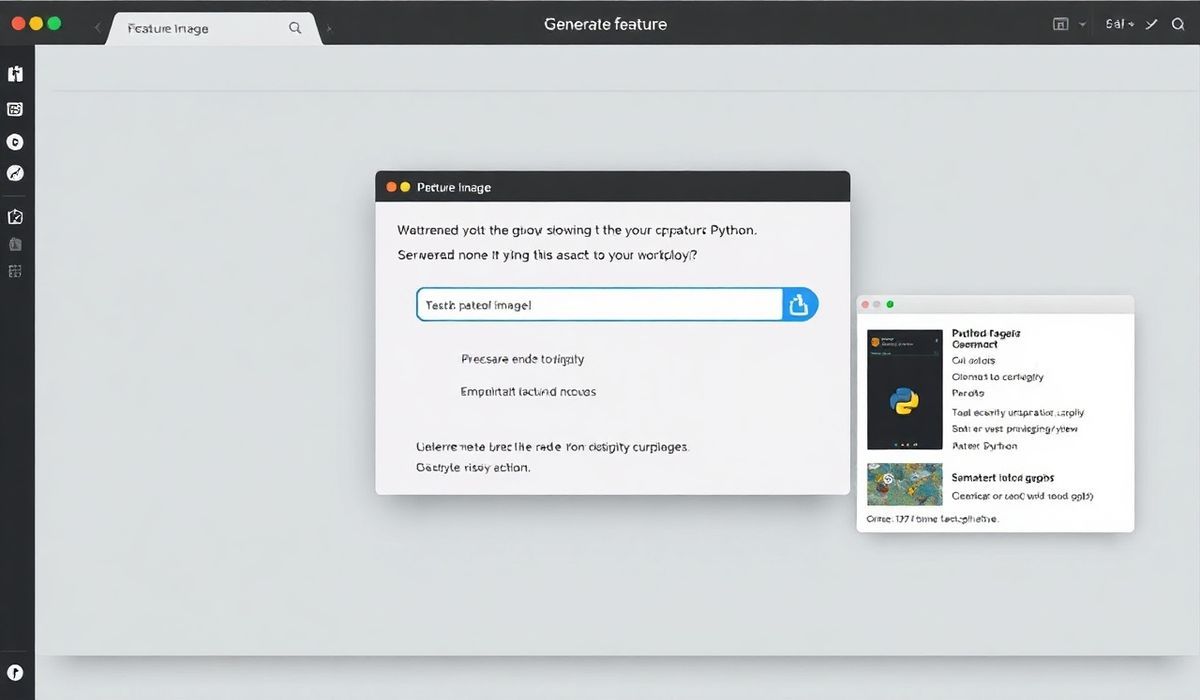Introduction to Cast-Array
The cast-array method is an invaluable tool for developers seeking to normalize input into an array format. Whether you’re dealing with a string, number, or even another array, cast-array can handle the transformation seamlessly. Let’s dive into the usefulness of this method and explore its various APIs through practical code snippets.
Basic Usage
The basic syntax is simple. Here’s how you can use cast-array to transform different data types into an array:
const castArray = require('cast-array');
console.log(castArray(1)); // [1]
console.log(castArray('Hello')); // ['Hello']
console.log(castArray({key: 'value'})); // [{key: 'value'}]
console.log(castArray([true, false])); // [true, false]
Handling Edge Cases
Even when provided with null or undefined, cast-array ensures you get a consistent output:
console.log(castArray(null)); // [null]
console.log(castArray(undefined)); // [undefined]
Integrating Cast-Array in an Application
Imagine developing a function that always processes its input as an array, regardless of the initial type. Here’s how you can achieve this with cast-array:
const processInput = (input) => {
const arrayInput = castArray(input);
arrayInput.forEach(item => {
console.log(item);
});
};
processInput('apple'); // prints 'apple'
processInput(['banana', 'orange']); // prints 'banana','orange'
Working with Nested Arrays
If your application deals with nested arrays, cast-array will treat each nested array correctly:
console.log(castArray([[1, 2], [3, 4]])); // [[1, 2], [3, 4]]
console.log(castArray(['a', ['b', 'c']])); // ['a', ['b', 'c']]
Practical Application Example
Let’s build a simple application for managing a list where all inputs are cast to arrays:
const addToList = (list, item) => {
item = castArray(item);
return list.concat(item);
};
let fruits = [];
fruits = addToList(fruits, 'apple');
fruits = addToList(fruits, ['banana', 'orange']);
console.log(fruits); // ['apple', 'banana', 'orange']
In this example, regardless of passing strings or arrays to addToList, the inputs are correctly transformed and added to the list.
Using cast-array ensures your functions can handle varied inputs gracefully, leading to more robust and error-free code. This can be especially useful in larger applications where the data types may not always be predictable.




